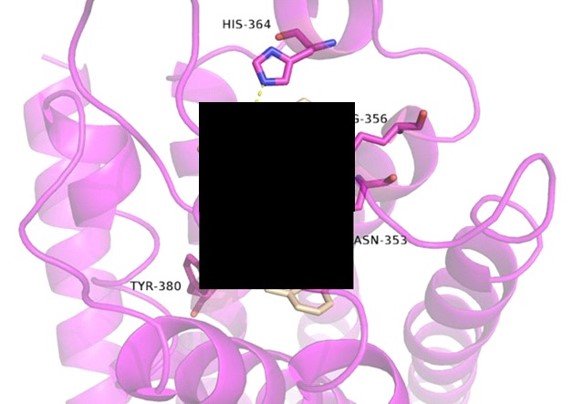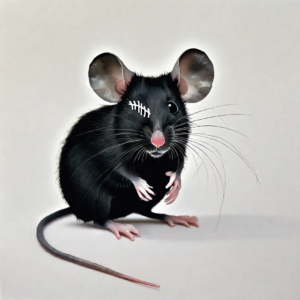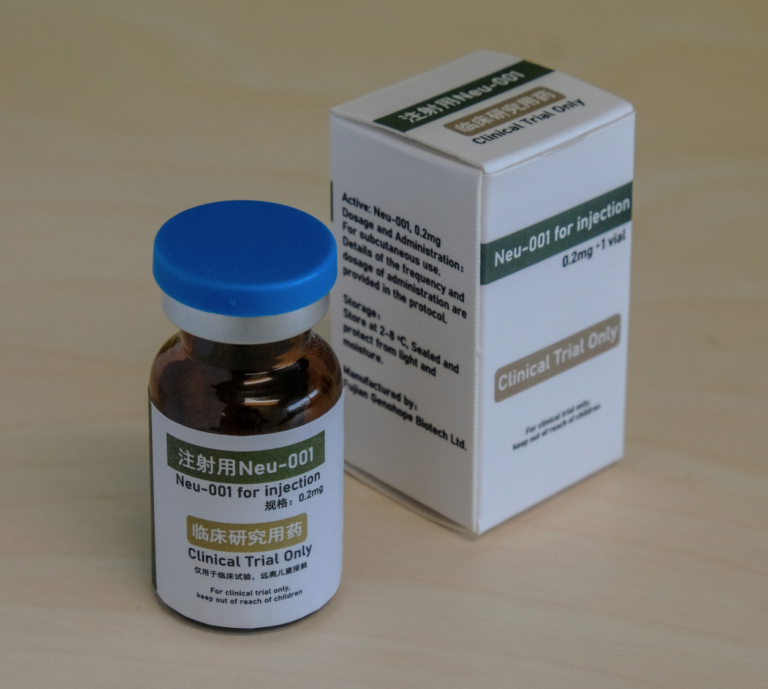Amblyopia
Amblyopia, commonly known as “lazy eye,” is a neurological disorder that affects visual development in children. It occurs when one eye has weaker visual acuity than the other, leading the brain to favor the stronger eye and suppress the weaker one. If left untreated, amblyopia can cause permanent vision impairment in the affected eye.
About Amblyopia


"Lazy eyes"
Developmental Disorder
Develops when there is no clear image to stimulate the visual area of the brain, or the clear image is suppressed during a “critical period” early in life (usually 6 – 8 years old)
Detection Challenges
Often remains undetected because the child can still see with the unaffected eye
Incidence Rate
The worldwide incidence of amblyopia is estimated to be between 3% to 6%
Occlusion therapy, also known as eye patching, is the conventional treatment for amblyopia with eye patching 2 to 6
hours per day with no guarantee of success. In addition, conventional treatment for amblyopia is limited to only school-age children and cannot be used after the critical period has passed, after about 8 years of age. Diagnosis of amblyopia beyond the critical period dramatically lowers the chance of recovery using conventional occlusion therapy. Thus, there is an unmet medical need for a new treatment that does not depend on the critical period in older children and adults with amblyopia as well as a treatment that can shorten the healing period and improves its efficacy for all aged amblyopia patients.
Novel Neuronal Mechanism
A G protein-coupled receptor (GPCR) expressed by neurons in the visual cortex of the brain was recently identified as a novel target for treating amblyopia. The natural ligand for the identified GPCR is a neuropeptide that is expressed only during a specific period during early postnatal development in rodents. It was found that this GPCR and its ligand mediate the signaling pathway that is responsible for the visual projection pathway from the lateral geniculate nuclei to the primary visual cortex. By targeting this GPCR with novel small molecule agonist(s) we have shown that we can successfully reverse amblyopia, even after the critical period of development was passed in rodent models of amblyopia. This is the first demonstration of any drug reversing amblyopia by targeting an unexplored GPCR in the brain making this a new mechanism and strategy for treating the disease.
Therefore, not only have we discovered a novel neuronal mechanism behind amblyopia, but we also identified a compound with a corresponding rescue effect in animal models, representing drug discovery that exemplifies first in class mechanism and first in class chemistry, respectively.
Neu-001 Cures Amblyopia
Neu-001 is a novel drug candidate for amblyopia. Neu-001 is a potent, selective agonist with excellent pharmacokinetics, including good blood-brain-barrier penetration. New cryo-EM structures of Neu-001 with the target GPCR protein have been solved and the key interactions between the drug and protein explain Neu-001’s high affinity and selective agonist activity. Back-up molecules for Neu-001 are currently being identified and future chemical modifications will focus on the irreversible binding potential of Neu-001 analogs via an exposed cysteine amino acid in the binding site of the GPCR.
Drug Neu-001 was tested on multiple occasions in mice using the “monocular deprivation model of amblyopia”, which is the gold standard preclinical model for this disease. As shown in the histogram, the contralateral bias index score was calculated, which is a measure of visual acuity for each mouse, with and without treatment. We found significant differences in the visual acuity score between the Neu-001 treated and saline-treated amblyopia mice (both ***p < 0.001) with Neu-001 curing amblyopia in every mouse treated. The natural ligand for this GPCR also reversed the disease, but it must be injected directly into the visual cortex of the brain via cannula to obtain efficacy due to its poor PK. In contrast, Neu-001 was designed to have drug like physiochemical properties and can be administered by multiple routes including intraperitoneal, intravenous, intramuscular and sub cutaneious. Only several treatments were required to cure amblyopia in mice in as little as 7 to 15 days.



First Look: GMP Batch Drug Bottle of Neu-001

